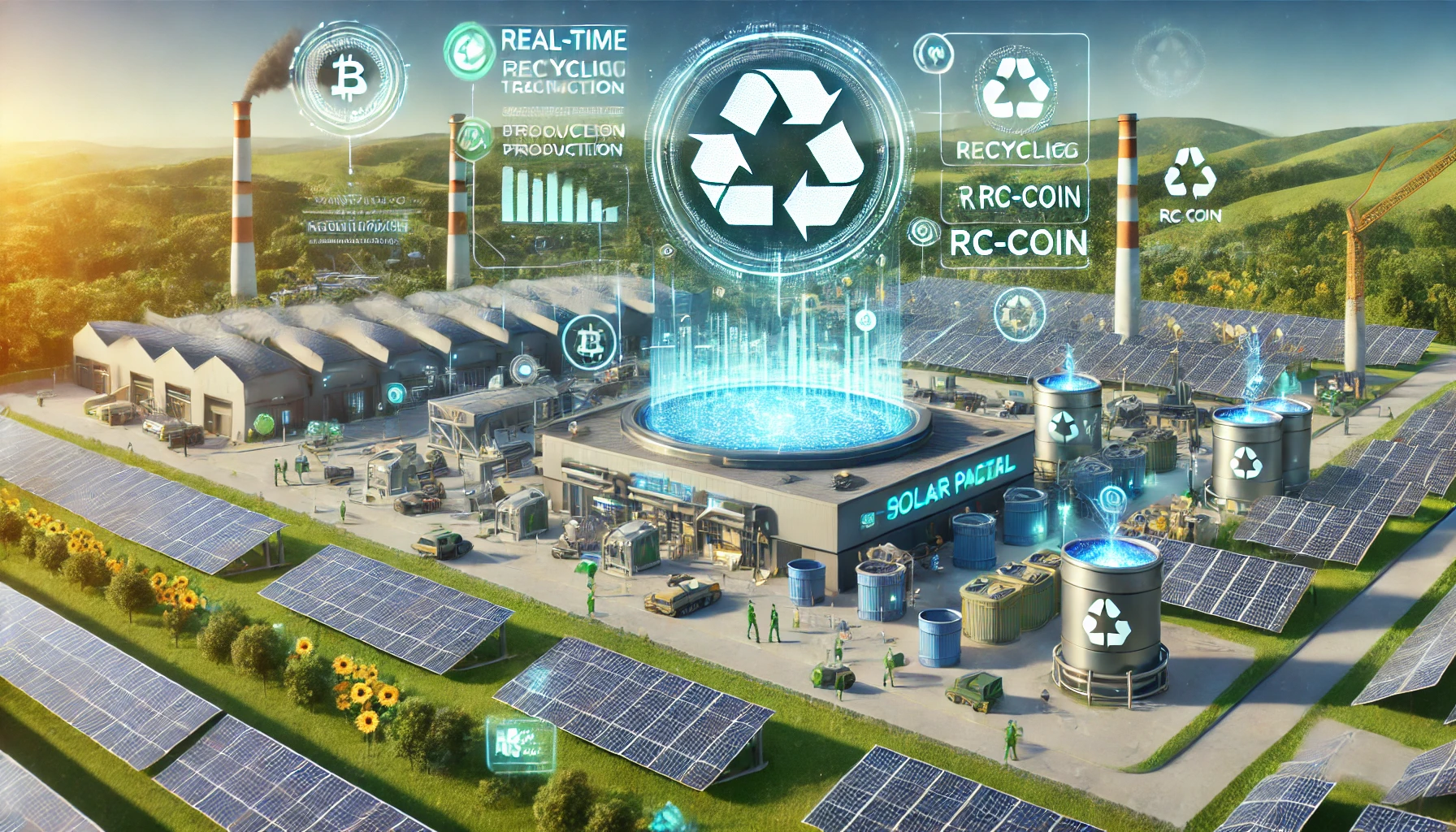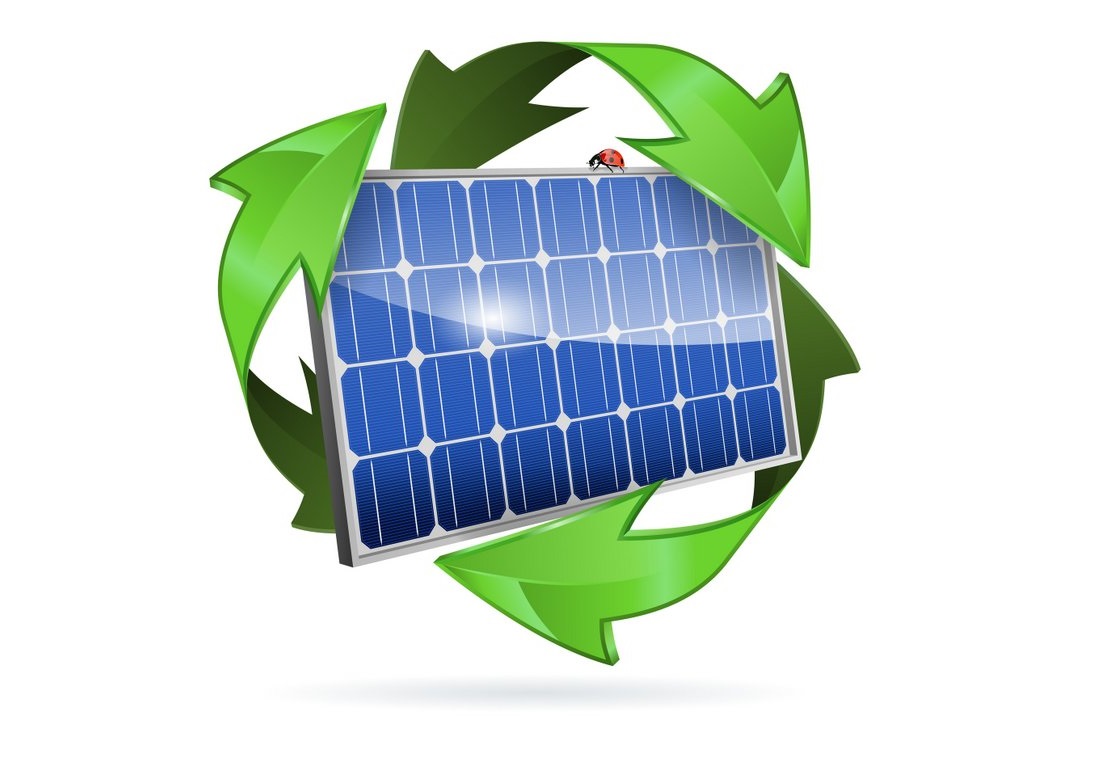As the global shift to renewable energy accelerates, solar panels have become a key component of our clean energy future. But what happens when these panels reach the end of their lifespan? This is where blockchain technology steps in — to revolutionize recycling incentives, ensure traceability, and promote
As the global shift to renewable energy accelerates, solar panels have become a key component of our clean energy future. But what happens when these panels reach the end of their lifespan? This is where blockchain technology steps in — to revolutionize recycling incentives, ensure traceability, and promote sustainability in the solar industry.


While solar panels typically last 25–30 years, millions of them will soon enter retirement. According to the International Renewable Energy Agency (IRENA), by 2050, we could see over 78 million tonnes of solar panel waste. Without proper recycling, this waste poses environmental risks and a loss of valuable materials like silver, silicon, and aluminum.
Blockchain, best known for powering cryptocurrencies, is now being applied to track, verify, and incentivize recycling efforts in the solar industry.
Global Material Marketplace
Recycled materials can be traced and traded transparently, creating a circular economy for solar manufacturing.
Financial incentives are key to driving participation in panel recycling. With blockchain, these can be:
For example, a solar homeowner returning their panels might receive a GreenToken — a blockchain-based reward that can be redeemed, traded, or donated to environmental causes.